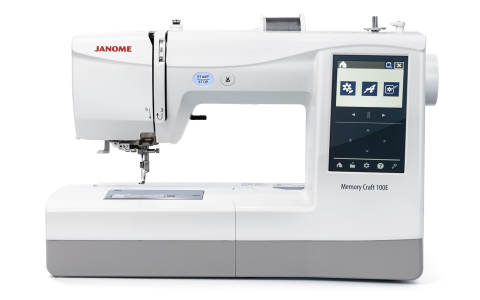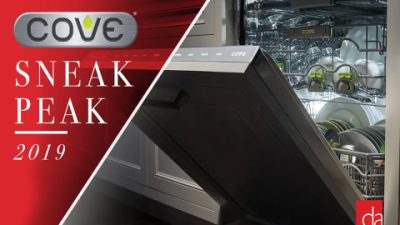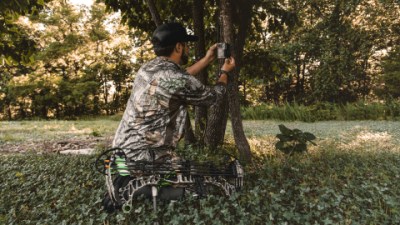I've been sewing for over a decade, and I can honestly say that getting my first serger was a game-changer. If you're still finishing seams with a regular sewing machine, you're missing out on that professional look that only a serger can give you. After testing more sergers than I care to count, I've put together this guide to help you find the one that's right for your sewing room.
Why You Actually Need a Serger
Let me be straight with you - a serger isn't just another sewing machine. It's designed specifically for one thing: creating those beautiful, professional-looking seams you see on store-bought clothes. While your regular sewing machine stitches pieces together, a serger cuts, trims, and finishes edges all in one pass.
The magic happens with multiple threads working together. Most sergers use anywhere from to threads simultaneously, creating different types of stitches. The differential feed system is probably the most important feature - it prevents that annoying puckering you get on stretchy fabrics and stops lightweight materials from getting all bunched up.
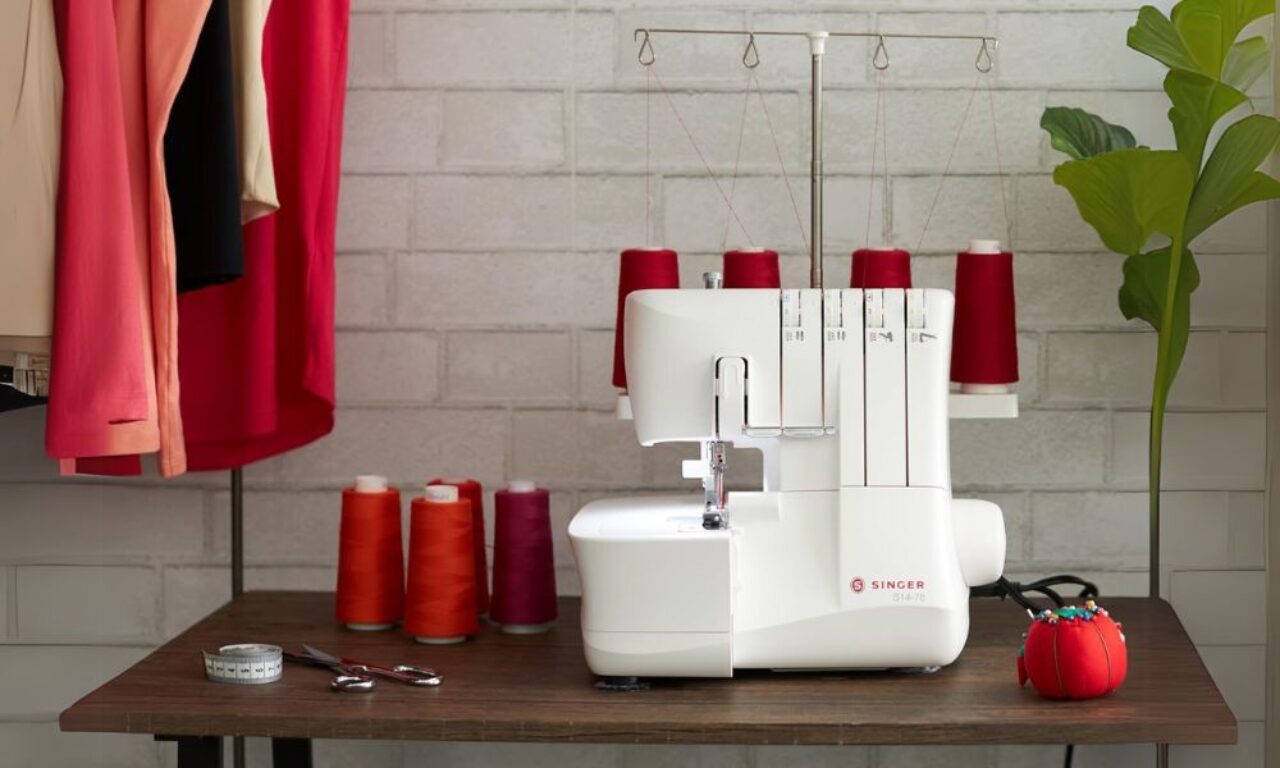
My Top Serger Picks for This Year
Brother 1034DX - The Sweet Spot
This one's my go-to recommendation for most people. At around $200-250, it hits that perfect balance of affordability and performance. What I love about it is the color-coded threading system - you literally just follow the colors, and you're good to go. The free arm makes finishing sleeves so much easier, and the differential feed works great on everything from thin knits to thick denim.
The only downside? You'll need to manually adjust settings for rolled hems, but honestly, once you get the hang of it, it's not a big deal.
Juki MO-654DE - Built Like a Tank
If you're working with heavy fabrics regularly, this is your machine. Juki has this reputation for making bulletproof machines, and the MO-654DE lives up to it. The high-lift presser foot is a lifesaver when you're dealing with thick seams, and the automatic rolled hem feature is surprisingly smooth.
It's a bit pricier at $300-400, but if you're doing a lot of sewing, it's worth every penny.
Singer 14CG - Great for Getting Started
Don't let anyone tell you that you need to spend a fortune on your first serger. This Singer model proves you can get decent results without breaking the bank. At $150-200, it's perfect for beginners who want to try out serging without a huge investment.
The pre-set stitch settings take the guesswork out of adjustments, which is great when you're still learning. Sure, it's not as fancy as the expensive models, but it gets the job done.
Janome 8002D - Precision Engineering
Janome makes some seriously good machines, and this one's no exception. The stitch consistency is remarkable - every single stitch looks identical. The tension dials are clearly marked and easy to adjust, and the whole machine just feels solid.
At $400-500, it's definitely an investment, but if you're serious about sewing, the quality shows in every project.
Brother 25A - Perfect for Small Spaces
Not everyone has a huge sewing room, and that's where the Brother 25A shines. It's compact without sacrificing performance, and the easy-change knife system means maintenance is actually manageable.
For $180-220, it's a great option if you're working with limited space but still want professional results.

Bernina L - The Ultimate Splurge
Okay, this one's expensive - we're talking $1,200-1, - but wow, what a machine. The Swiss engineering shows in every detail. The micro thread control gives you incredible precision, and the automatic thread cutter is one of those features you don't think you need until you have it.
If you're making a living from sewing or just want the absolute best, this is it.
Babylock Enlighten - Threading Made Easy
Threading a serger used to be my least favorite part of sewing. The Babylock Enlighten changes that completely with its Jet-Air Threading system. You literally just place the threads in the guides, press a button, and watch them flow through automatically.
At $600-800, it's not cheap, but if you hate threading (and who doesn't?), it's worth considering.
Singer 14HD - Handles Everything
This one's got a beefed-up motor that handles thick fabrics like they're nothing. I've run everything from silk to canvas through it without any issues. The adjustable stitch formation gives you more control over your seams than you'd expect at this price point.
For $280-350, it's a solid middle-ground choice that won't let you down.
Brother 3034DWT - Extra Room to Work
The extended work surface on this model makes such a difference when you're working on large projects. Quilters especially love it for binding edges. The accessory kit is comprehensive - you get pretty much everything you need to get started.
At $320-380, it's reasonably priced for what you get, especially if you work on big projects regularly.
Juki MO- - Speed Demon
If you're doing production work or just like to sew fast, this Juki model is built for speed. The industrial-grade components mean it can handle hours of continuous use without breaking a sweat.
The $450- price tag reflects the professional-level construction, but it's worth it if you need the durability.
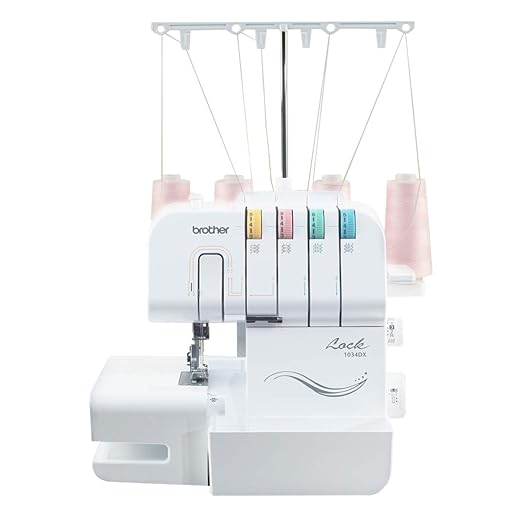
When to Use What Machine
A lot of people ask me if they really need both a sewing machine and a serger. The answer is usually yes, but they do different things.
Your serger is fantastic for finishing seams, especially on knits and stretchy fabrics. It's also great for rolled hems on lightweight materials and any time you want that professional edge finish. When I'm making activewear or working with knits, the serger is my go-to.
Your regular sewing machine is still better for precise topstitching, buttonholes, zippers, and detailed construction work. I use my sewing machine for the main construction and then finish everything on the serger.
Common Questions I Get About Sergers
Is threading really that hard?
Honestly, it's not as bad as people make it out to be. Modern sergers have color-coded systems that make it pretty straightforward. Yes, there's a learning curve, but most people get it within a few tries. And once you learn your machine, it becomes second nature.
What thread should I buy?
I stick with good quality polyester thread for most projects. It's strong, has some stretch, and works well on almost everything. Cotton thread is nice for natural fabrics, and woolly nylon creates really soft seams on knits - great for underwear and activewear.
How much maintenance do they need?
More than a regular sewing machine, but it's not terrible. I clean out the lint after every few hours of sewing, and I oil the designated spots about once a month. The knives will need replacing eventually, but they last a long time with normal use.
Getting the Most Out of Your Serger
Here's what I wish someone had told me when I got my first serger: start simple. Master the basic 4-thread overlock stitch before you try getting fancy with rolled hems and decorative stitches. Practice on scraps until you get comfortable with the threading and tension adjustments.
Keep your knives sharp - dull knives will give you ragged edges and can damage your fabric. And don't be afraid to experiment with different thread combinations once you get comfortable. Some of my favorite effects came from happy accidents while playing around with settings.
Which One Should You Buy?
If you're just starting out and want something reliable without spending a fortune, go with the Brother 1034DX or Singer 14CG754. They're both great machines that will serve you well for years.
If you're already comfortable with sewing and want something that will grow with you, the Juki MO-654DE or Janome 8002D are excellent choices. They're built to last and have the features you'll appreciate as you get more adventurous.
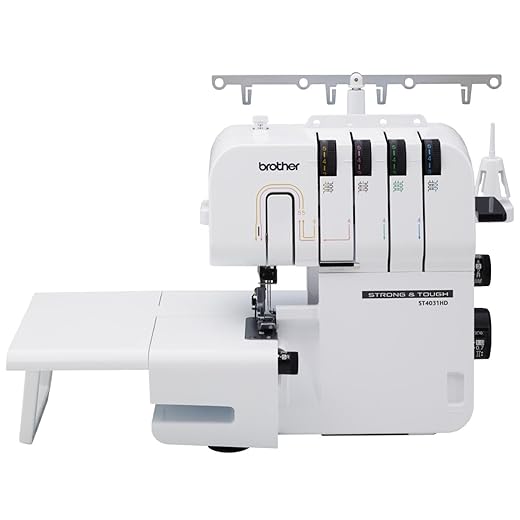
For those who want the absolute best and don't mind paying for it, the Bernina L is incredible. But honestly, unless you're doing professional-level work, you probably don't need all those features.
Whatever you choose, remember that any serger is better than no serger when it comes to finishing seams properly. Even a basic model will transform your sewing and give you results that look professionally made. Start with what fits your budget and skill level - you can always upgrade later as your needs change.
